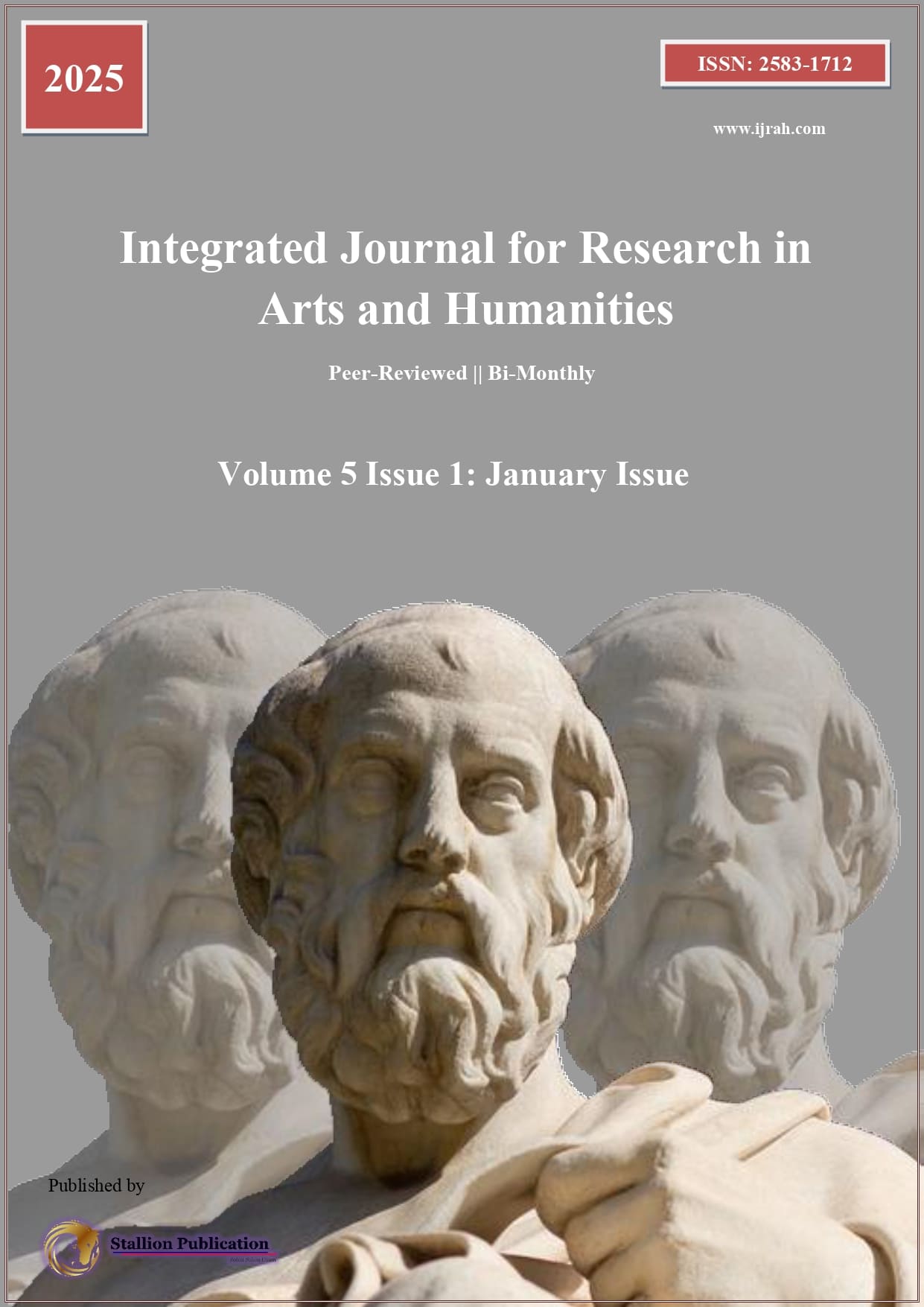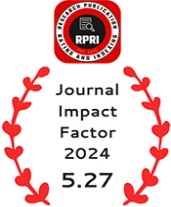The Effectiveness of Warming-Up Activities for Athletes
DOI:
https://doi.org/10.55544/ijrah.5.1.12Keywords:
flexibility, heat, exercise, moisture, vascular, safety principlesAbstract
The positive effects of high heat on athletes can be seen dramatically. Athletes who are located in hot environments experience several changes on their bodies that can help improve the performance and physical recovery of the athletes. One of the positive effects of high heat on athletes is to increase blood circulation. In warm environments, the vessels of the body open and the blood flows in the best possible way in the body. This means an increase in the supply of oxygen and nutrients to the muscles, which can improve athletic performance. Also, heat can increase sweating in the body. By sweating profusely, athletes can remove toxins and waste from their bodies and improve the body's cleansing process. This can lead to increased exercise tolerance and reduced fatigue. Also, the positive effects of high heat on athletes include increased flexibility. In hot environments, body muscles become warmer and more moist, which increases flexibility and reduces the risk of muscle injuries.
In this research, we can examine the effect of high heat on physiological components such as body temperature, heart rate, perspiration rate and oxygen consumption.
Downloads
References
Racinais, S., Alonso, J. M., Coutts, A. J., Flouris, A. D., Girard, O., González-Alonso, J., Hausswirth, C., Jay, O., Lee, J. B., Mitchell, N., Nassis, G. P., Nybo, L., Pluim, B. M., Roelands, B., Sawka, M. N., Wingo, J. E., & Périard, J. D. (2015). Consensus recommendations on training and competing in the heat. Scandinavian journal of medicine & science in sports, 25 Suppl 1, 6–19. doi:10.1111/sms.12467
Nybo, L. (2012). Heat stress and fatigue in sport. Journal of science and medicine in sport, 15(1), 78–87. doi:10.1016/j.jsams.2011.10.009
Qani, M. I., & Qaderi, M. A. (2024). Training Problems of Non-native Translators in Multilingual Countries. American Journal of Arts and Human Science, 3(3), 12-14.
Périard, J. D., Racinais, S., & Sawka, M. N. (2015). Adaptations and mechanisms of human heat acclimation: Applications for competitive athletes and sports. Scandinavian journal of medicine & science in sports, 25 Suppl 1, 20–38. doi:10.1111/sms.12408
Tyler, C. J., & Sunderland, C. (2011). Cooling the neck region during exercise in the heat. Journal of athletic training, 46(1), 61–68. doi:10.4085/1062-6050-46.1.61
Lorenzo, S., Halliwill, J. R., & Sawka, M. N. (2010). Heat acclimation improves exercise performance. Journal of applied physiology (Bethesda, Md. : 1985), 109(4), 1140–1147. doi:10.1152/japplphysiol.00495.2010
Périard, J. D., Travers, G. J. S., Racinais, S., & Sawka, M. N. (2015). Cardiovascular adaptations supporting human exercise-heat acclimation. Autonomic neuroscience : basic & clinical, 188, 36–45. doi:10.1016/j.autneu.2014.11.003
Casa, D. J., Armstrong, L. E., Hillman, S. K., Montain, S. J., Reiff, R. V., Rich, B. S., Roberts, W. O., Stone, J. A., & National Athletic Trainers' Association. (2000). National Athletic Trainers' Association position statement: fluid replacement for athletes. Journal of athletic training, 35(2), 212–224.
Sawka, M. N., Burke, L. M., Eichner, E. R., Maughan, R. J., Montain, S. J., & Stachenfeld, N. S. (2007). American College of Sports Medicine position stand. Exercise and fluid replacement. Medicine and science in sports and exercise, 39(2), 377–390. doi:10.1249/mss.0b013e31802ca597
Downloads
Published
How to Cite
Issue
Section
License
Copyright (c) 2025 Abdullah Emami, Basima Farzam

This work is licensed under a Creative Commons Attribution-NonCommercial-NoDerivatives 4.0 International License.




















